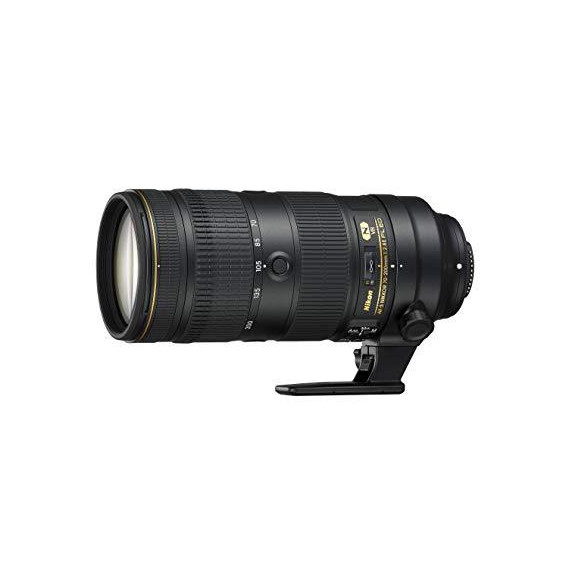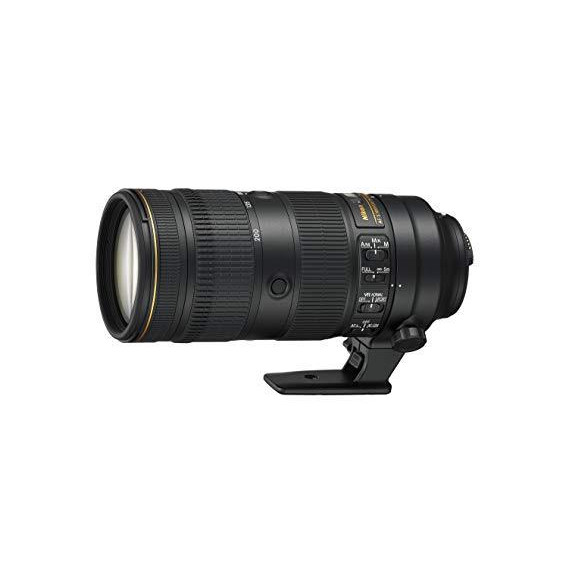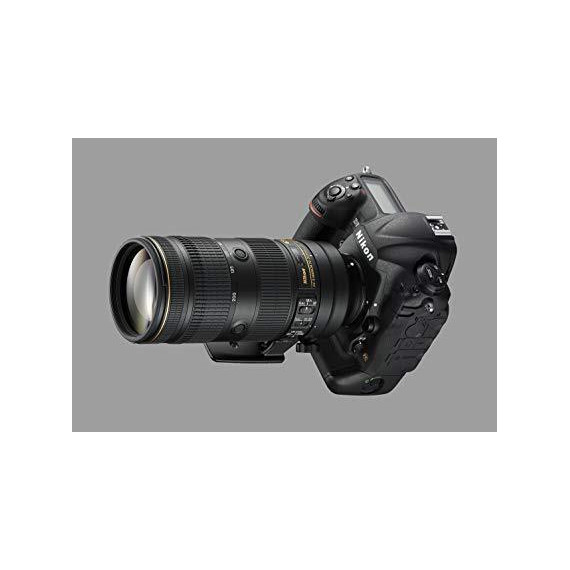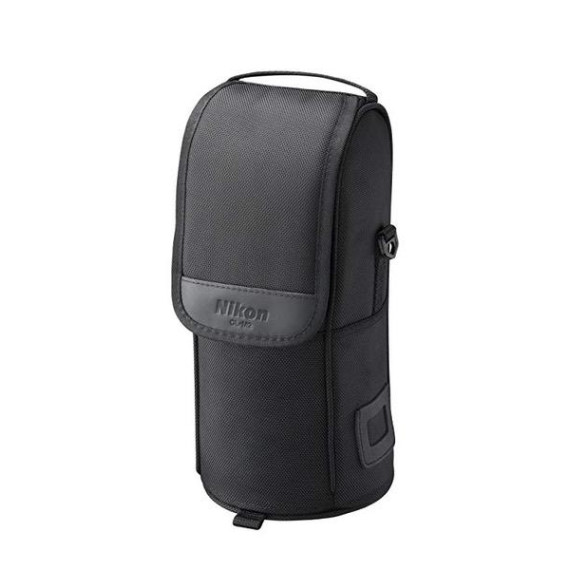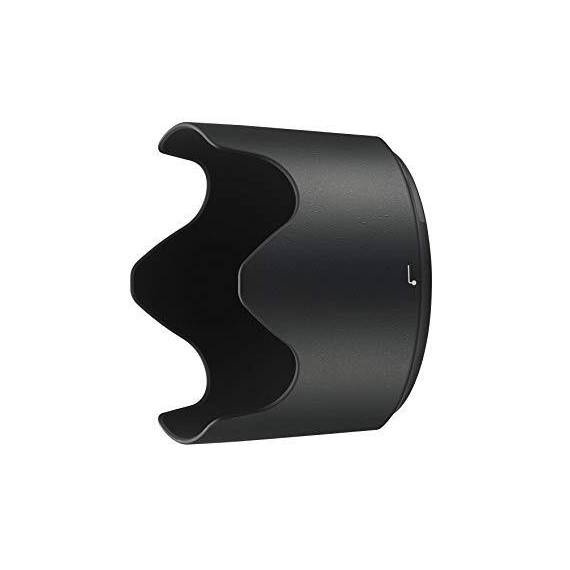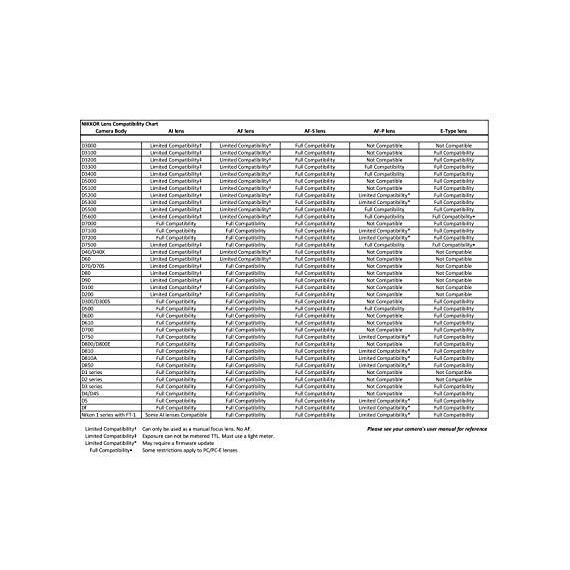Thejohnz
As a former owner of Nikon’s 70-200f2.8 VRII, I well knew the positive and negative characteristics of this iconic lens. In 2013 I sold this lens in favor of the f4 model. The smaller, lighter and less costly Nikon 70-200f4, exceeded its big brother in every way except for maximum aperture. I felt I could live with F4 until I saw the specs and read the reviews of the newest offering from Nikon, the 70-200 f2.8E FL ED VR. Nikon’s claims for this were phenomenal. Not only did they seem to fix what we all disliked about its predecessor, but added several other improvements as well. So numerous were these improvements, I decided to make a list. I came up with 20 items! (1) closer focus, (2) minimal focus breathing, (3) better contrast, (4) less flare, (5) less weight, (6) better front to rear weight balance, (7) much shorter in the middle of the zoom range of 135mm, (8) sharper in the corners at all focal lengths, (9) Improved rock steady VR, (10) “sport” mode option on VR, (11) faster VR response times, (12) faster focusing, (13) four new memory buttons, (14) better bokeh, (15) better lens hood that allows for standing the lens on end, (16) electronic aperture, (17) metal filter threads, (18) better dust seals, (19) fluorite coatings on front and rear, (20) better with the TC-14EII, TC-17E11, and the TC-20EIII??????? Most all these claims have been verified in various reviews except for the tele-converter claim. And that is an important requirement for me. I do nature photography with an emphasis on birds. I own all three of Nikon’s tele-converters. These work extremely well on my Nikon 400mmf2.8 as one would expect. They also work well on my Nikon 300mmf4PF and decently on my Nikon 70-200F4. They were a mixed bag on the Nikon 70-200f2.8 VRII previously owned. When the new 70-200 lens arrived last week, I quickly set up some tests to see if, indeed, the newest version would not have the problems the older model did. I am very happy to report that all three tele-converters work very well with this newest offering. On my D500, this lens equaled or outperformed the following lenses at all possible focal combinations from 70 to 400mm. My tests were of distant steep wooded hills, and involved the following combinations: Nikon 300mmPF with and without all three tele-converters (this lens was slightly sharper when no tele-converter was attached) Nikon 80-400 f4.5,5.6 - A close second at longer focal lengths, equal at shorter focal lengths. Sigma 150-600 Contemporary - Same story as the Nikon 80-400 Nikon 70-400f4 with and without tele-converters - just ever so slightly less sharp over longer focal lengths. The newest 70-200f2.8E with and without tele-converters - equal or better than any of the above combinations with the exception of the 300mmf4 PF when no tele-converter was attached. What is really amazing is how all close all the above were in overall image quality. However, they do represent some of the best glass out there. Last but in no way the least: Nikon 400mmf2.8 - Don’t even think any of the above equaled the quality of this lens. (though they got amazingly close!) Not only do the tele-converters work well at the maximum telephoto range for 200mm but quite decent results occur throughout the 70-200mm range. Of course, one does not want to normally use tele-converters other than at the maximum zoom but it can be forced upon one, if there is no time to remove the tele-converter. In summary, this is a costly lens, but it does represent the state of the art, and is one of Nikons best attempts to give us the ultimate in quality. This lens is like owning a Ferrari. Beautiful to look at but meant to be driven by someone who understands what it really can do, and has driven lots of other sport cars in the past.




